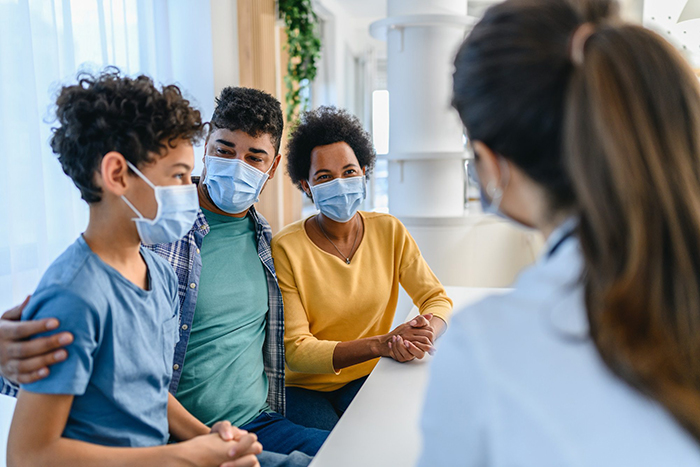Poison ivy, poison oak or poison sumac all grow in the southeastern United States. The best way to avoid getting the rash and blisters is to not touch the plant.

Poison Ivy: Each leaf on poison ivy has three leaflets that appear glossy. The edges of these leaves can be either smooth or toothed. Furthermore, these leaves can also appear as different in color when in different seasons. During the spring, the leaves appear reddish in color, and during the summer the leaves are green. The leaves are even present during autumn and can be yellow, red, or orange. Also, poison ivy can grow as a vine or shrub that appears to trail the ground, or climb low plants, trees or poles.

Poison Oak: The leaves appear fuzzy and green and grow in groups of three. These leaves are deeply toothed with rounded tips. The plants typically grow as a low shrub; however, on the Pacific Coast, they have been known to grow in tall clumps or long vines.

Poison Sumac: This poisonous plant grows as a small shrub in bogs or swamps. These leaves have clusters of seven to 13 smooth-edged leaflets growing along the stem. Like poison ivy, these leaves can appear different in color depending on the season. During the spring, the leaves are orange, but during the summer they are green. These plants are also present in the fall and can be yellow, orange, or red at that point.







